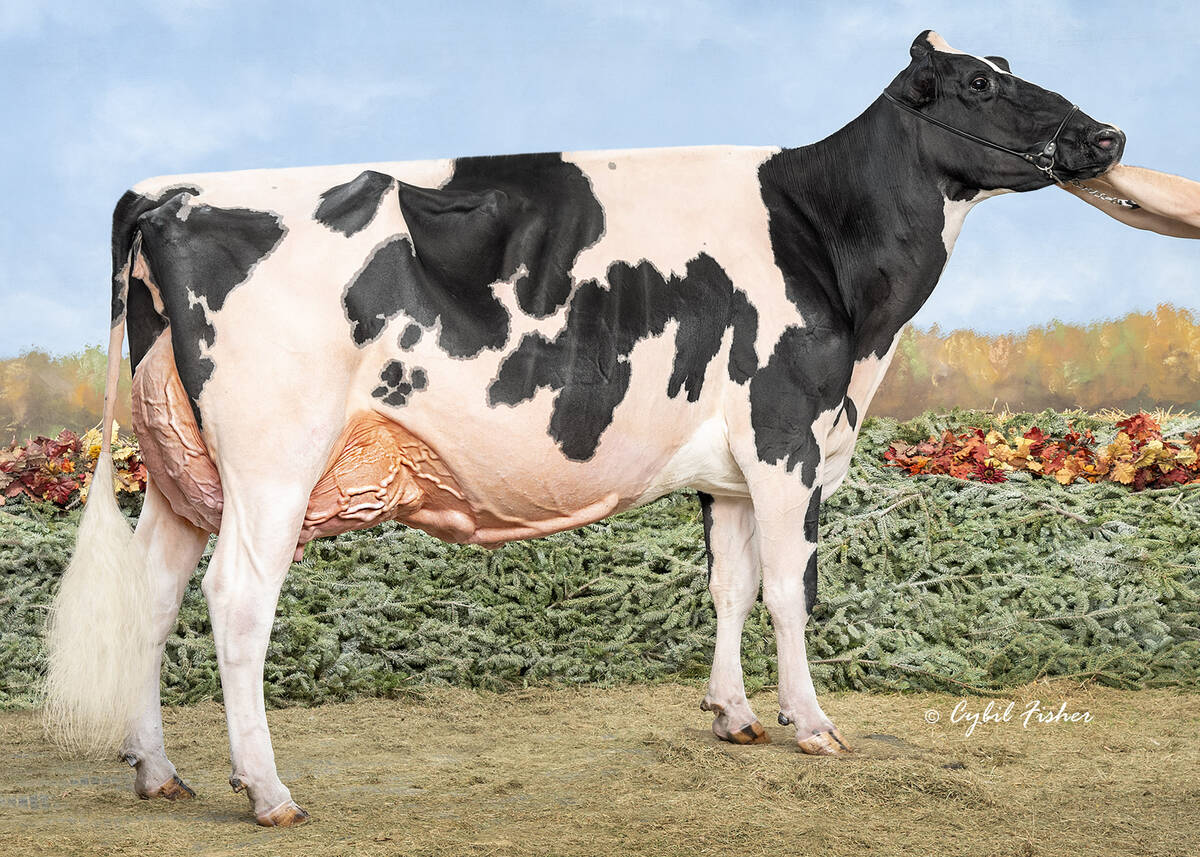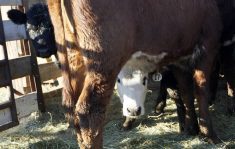CHARLOTTE, N.C. – The beef industry can’t hope to remain viable if demand for its product continues to drop, say Cattlefax analysts.
American beef producers faced a series of blows during the few years and poor demand for their product is one more bitter pill to swallow. Bad weather, overseas economic crises and discouraging bids at the auction have driven many toward bankruptcy. Some didn’t see it coming a year ago, expecting instead a turnaround of an already dismal market.
“We were too optimistic in our projections,” said Topper Thorpe of Cattlefax at the annual National Cattlemen’s Beef Association convention in North Carolina.
Read Also

Saskatchewan dairy farm breeds international champion
A Saskatchewan bred cow made history at the 2025 World Dairy Expo in Madison, Wisconsin, when she was named grand champion in the five-year-old Holstein class.
Duane Lenz, an analyst with the American market tracking organization, laid out the numbers. Beef producers have held on by the skin of their teeth for the last four years, although Cattlefax predicts some minor improvements this spring.
Better prices might not save everyone.
In 1995, only 21 percent of producers were profitable while 43 percent were near the break-even point and 36 percent were not profitable.
The following year was worse when only 15 percent of American cattle producers said they made a profit. In 1998, half said they made a profit and half said they did not, according to figures presented by analyst Randy Blach.
For those selling commodity beef on a break-even basis, the experience has been poor.
Between 1980 and 1998 the average price of fed cattle was $67.96 (U.S.) per hundredweight. The average break-even was $68.09, said Blach. A large part of the problem is less consumer interest in beef.
In 1980, the average American shopper spent 54 cents out of every meat dollar on beef. She spent 26.9 cents on pork, 16.1 cents on chicken and three cents on turkey.
In 1998, she spent 40 cents on beef, about the same on pork, 26.2 cents on chicken and four cents on turkey.
“Declining per capita spending has cost the industry more than $90 a head since 1991,” said Lenz.
More beef to give
The problem of lost dollars at the retail case is made worse by the added pounds of beef available. While the U.S. cow herd has shrunk to 98.5 million head, five million less than in 1996, cattle are producing more beef in proportion to their numbers, said Thorpe.
In 1998 there was an extra 856 million pounds of beef because of heavier carcasses. Last year the average American carcass weighed 725 lb. For the first part of this month, carcasses averaged 715 lb. but analysts say this is still heavier than required.
Besides being overweight, more animals are going to slaughter.
Heifers still make up more than a third of the slaughter mix rather than staying home to raise calves.
Most of the slaughter animals got too heavy because their owners held them back a week or two in anticipation of higher prices. The higher bids never happened and the cattle put on more pounds.
Nevertheless, the outlook for all classes of cattle is better.
Blach forecasts a spring high of $66 to $68 per cwt. for fed cattle with summer bids drifting down to $62-$64. He doesn’t anticipate any money over $68, but break-evens should go down, so profitability will return to the feedlot sector.
Corn, based on the Omaha price, is expected to go to $2.20 a bushel this year.
Feeder calves this fall could go from the high $80s to low $90s based on a 500 lb. calf in 1999.















